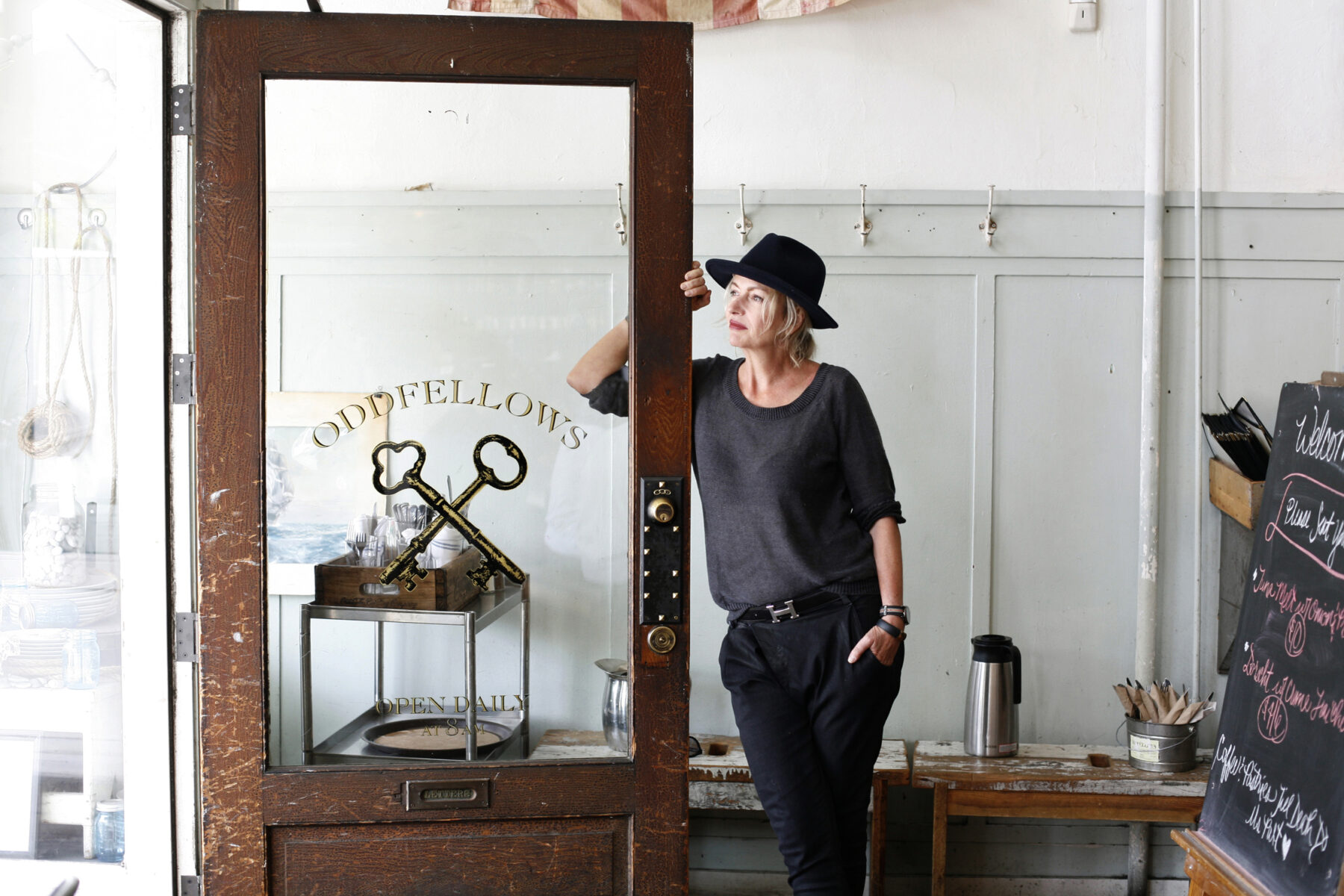Many evenings, somewhere down a winding road in Seattle’s tree-laden Interlaken Park, you’ll find Linda Derschang at home, reading.
Hers is one of only a handful of residences hidden in these woods; often, cab drivers cast doubtful glances in their rearview mirrors as they follow her directions. “Are you sure?” they wonder. And she reassures them, yes.
Linda has called this place home for the past eight years, though the city at large has been hers for nearly 30. Since moving to Seattle in the late 80s, she’s become something of a local legend, launching ten successful bars and restaurants, six of which she still owns. Each of these places attracts its own wide-ranging crowd of neighborhood devotees; all are loved for the warmth and intimacy they share.
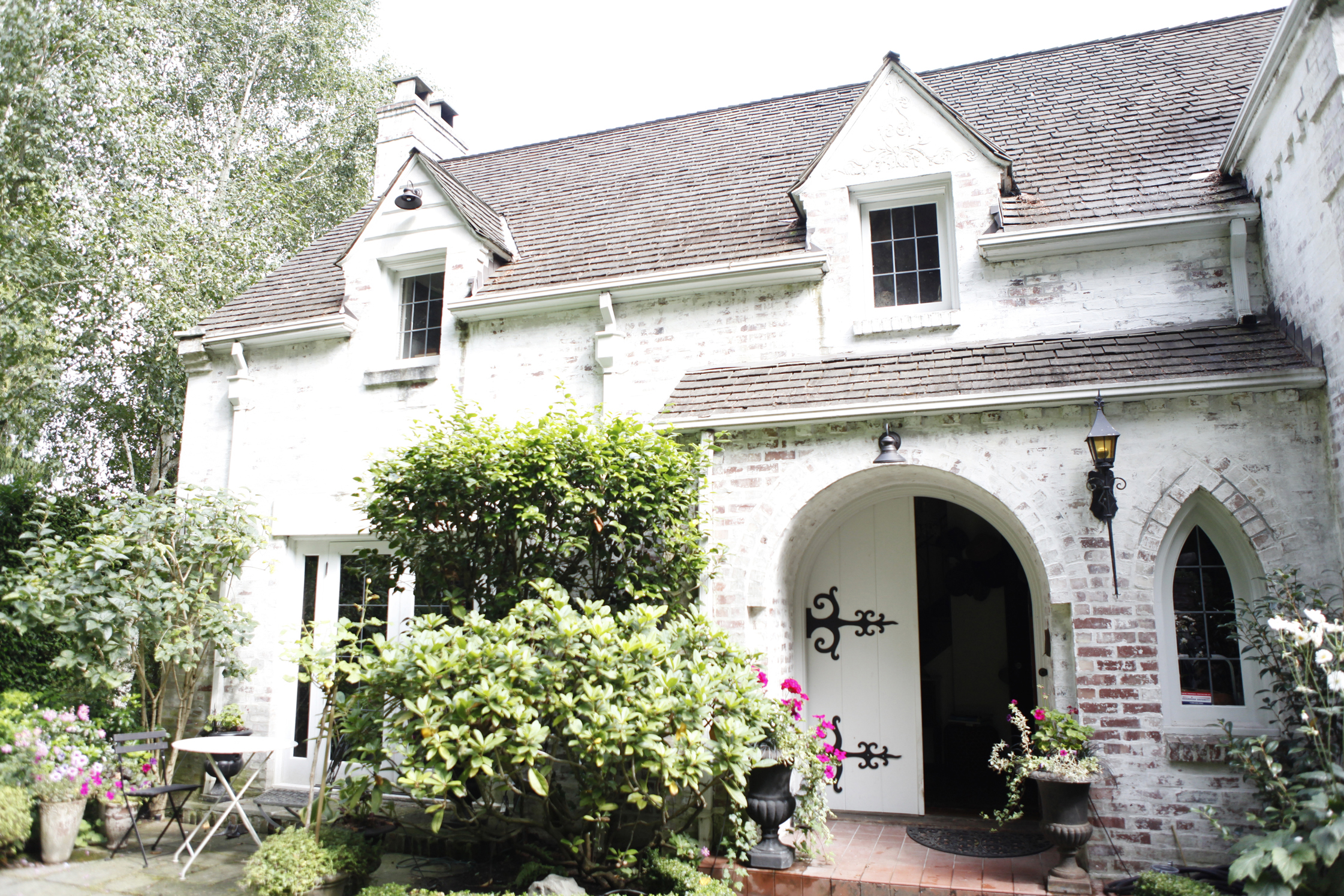
Linda’s offices are located above one such eatery, Oddfellows Cafe + Bar, which recently celebrated the opening of an annex coffee shop in the nearby Elliott Bay Book Company. When she’s not working, however, she’s likely to be here, at home, ensconced in her cherished library somewhere down that meandering road. With a garden, a lawn and heady jasmine blooming just outside the window, she sometimes forgets she’s in the midst of a city. “I pop out, and I’m right in the middle of it,” she says. “It’s wonderful. It’s just like magic.”
This portrait is part of our ongoing collaboration with ZEIT Online who presents a special curation of our pictures on ZEIT Magazin Online.
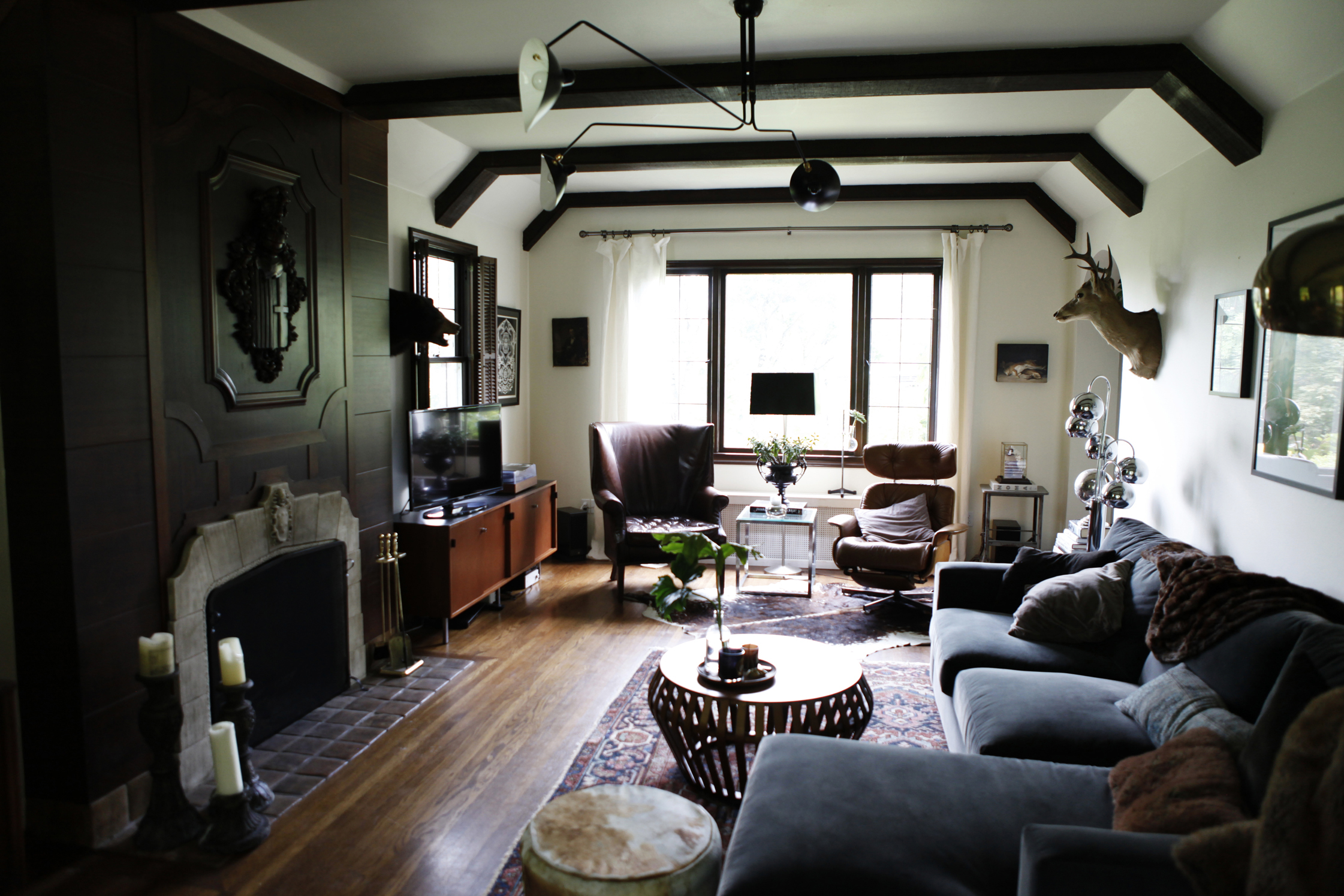
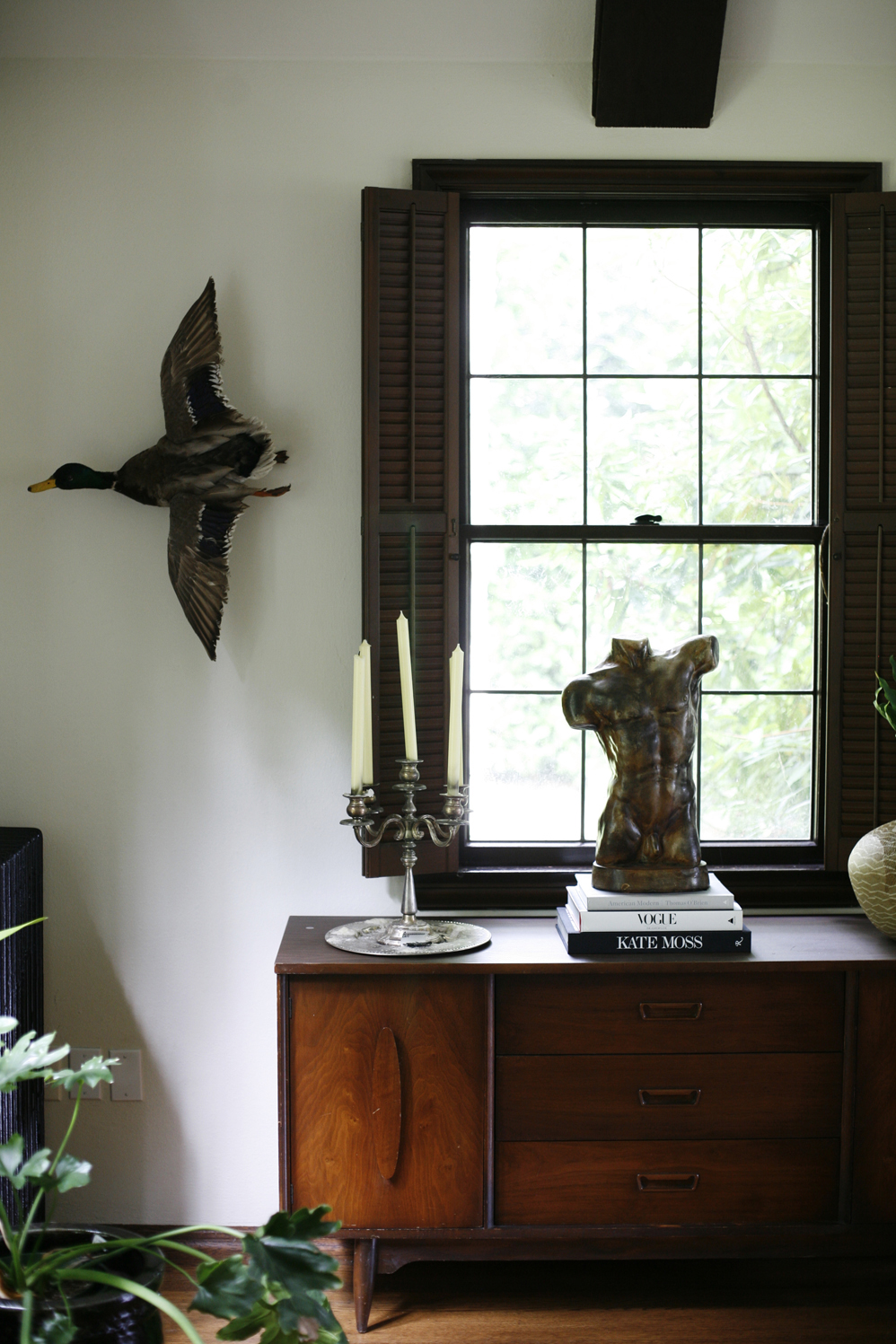
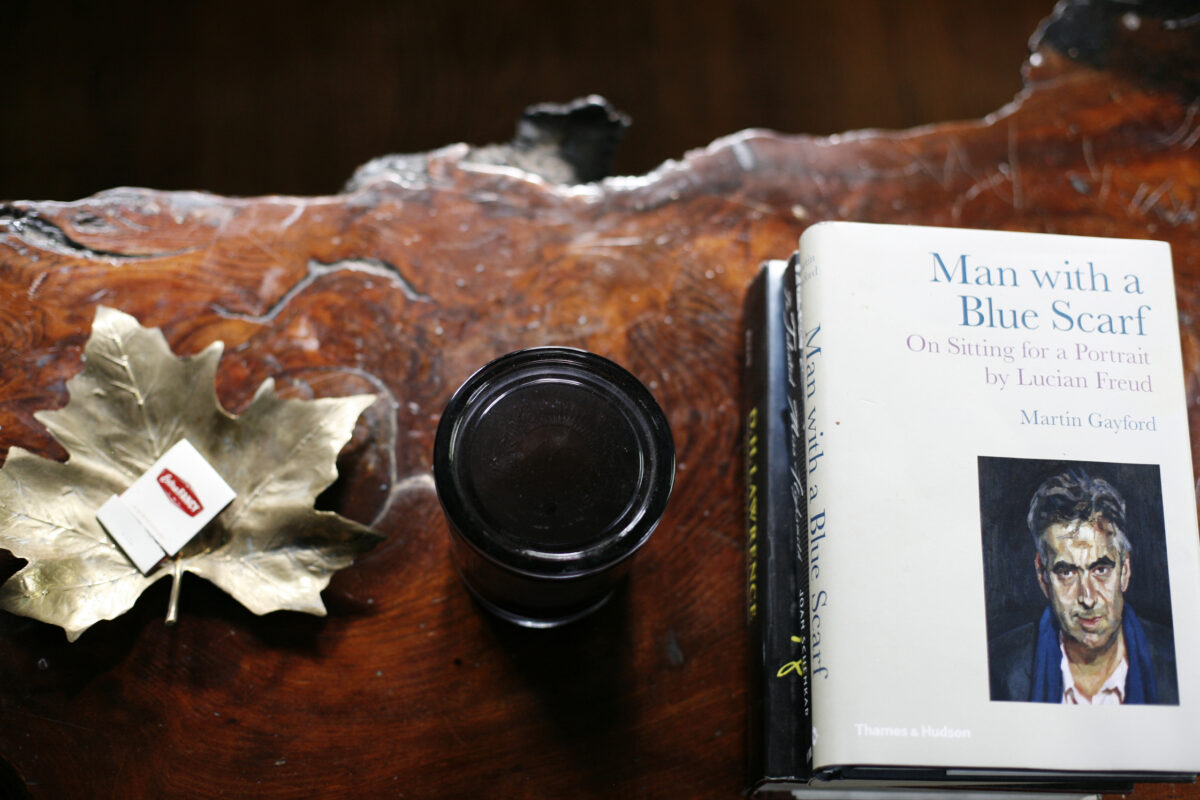
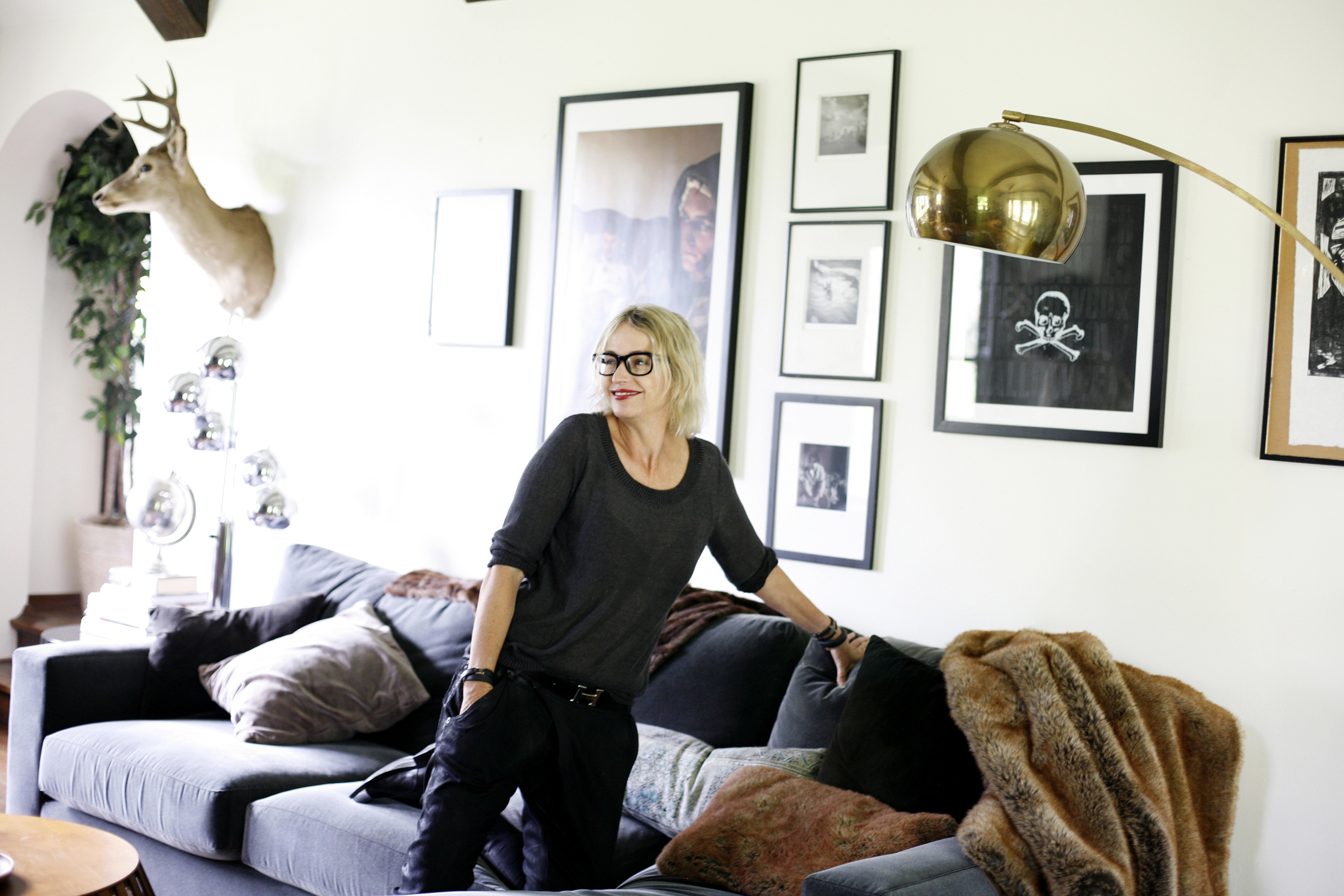
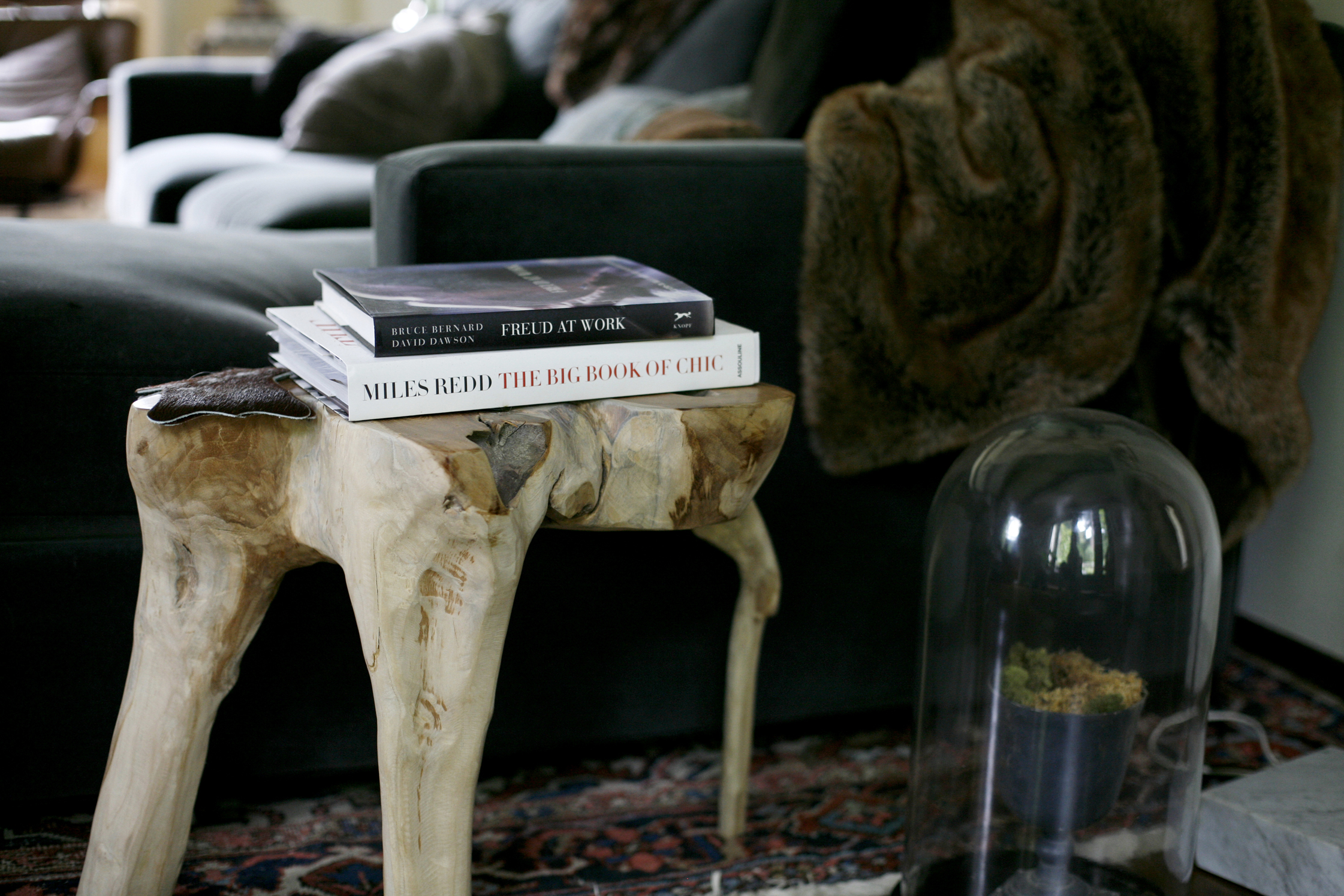
People who are familiar with my restaurants come to my house, and often they’ll say, “Oh, okay. This explains a lot.”
-
You’ve long been a fixture in Seattle’s bar and restaurant scene – in fact, The Seattle Times once referred to you as “the queen of Capitol Hill.” But you’re not originally from this city, are you?
I was born in upstate New York and grew up in Denver – but in the end, Seattle chose me. I came for a visit in 1987 thinking I might open a clothing store, and in that first weekend, I found a house to rent, a location for the shop, and it was sunny for five days straight. I figured it was meant to be. Two months later, I moved here to open the store. I thought I’d stay about five years; now I’ve been here for almost 30.
-
What’s kept you here?
Two things. One, it’s beautiful. And two, if you’re creative, it can be much easier to get projects off the ground in a smaller city. I ended up meeting tons of people in the community when I opened my store, including the owners of Sub Pop Records. One of them told me they were thinking of opening a bar and suggested we do it together – and that’s how my first place, Linda’s Tavern, started. We opened and it just took off. Within six months, we thought, let’s do another one.
Later, people started asking why I wasn’t opening places in other cities. But I was a single mother with a little girl. My lifestyle wouldn’t have allowed for that – but now that my daughter is grown, I have no interest in leaving. I enjoy having the businesses close together. Most of them are a bike ride away. I love the community, and I love seeing it change. These days, more people are moving here from big cities and the energy is shifting.
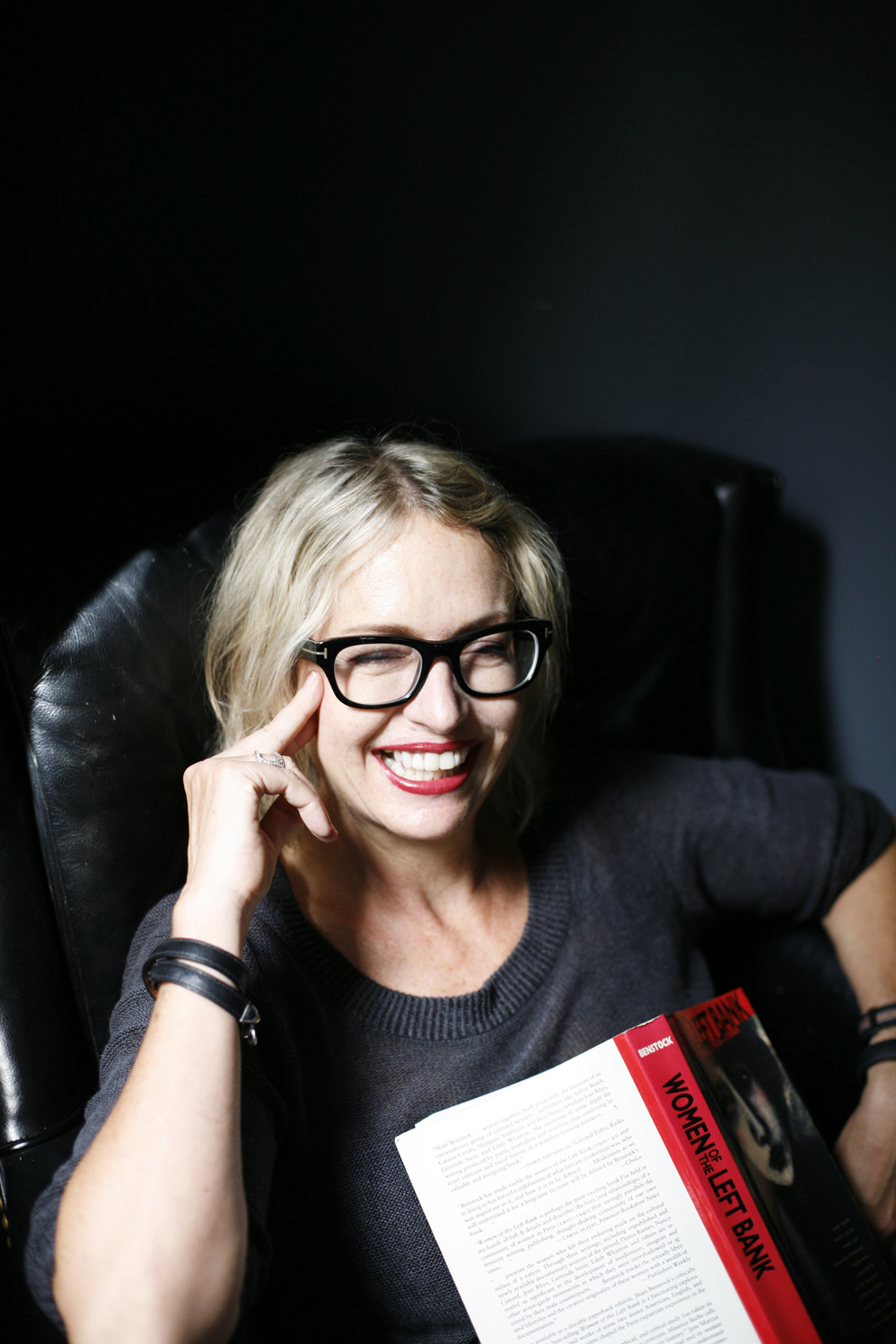
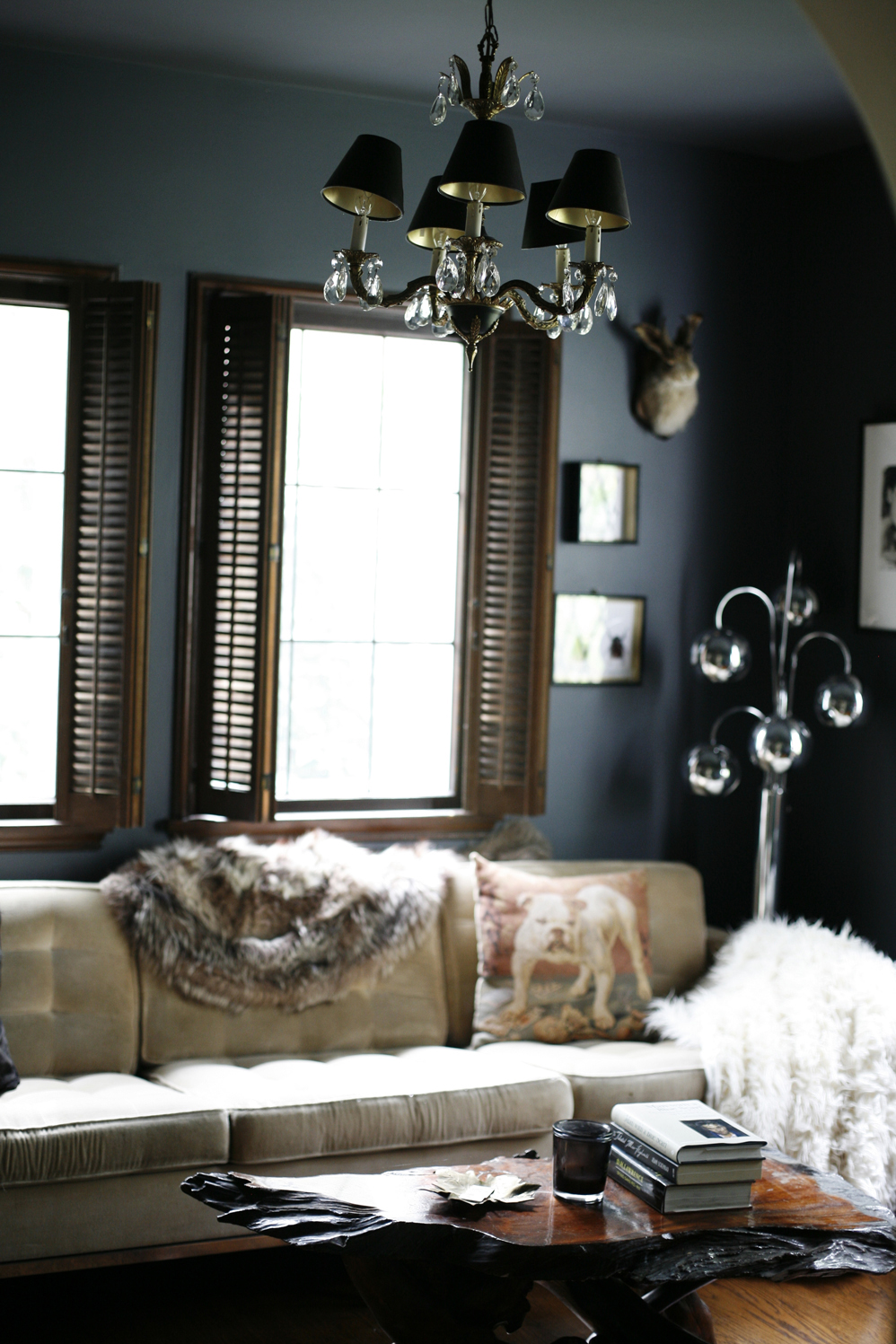
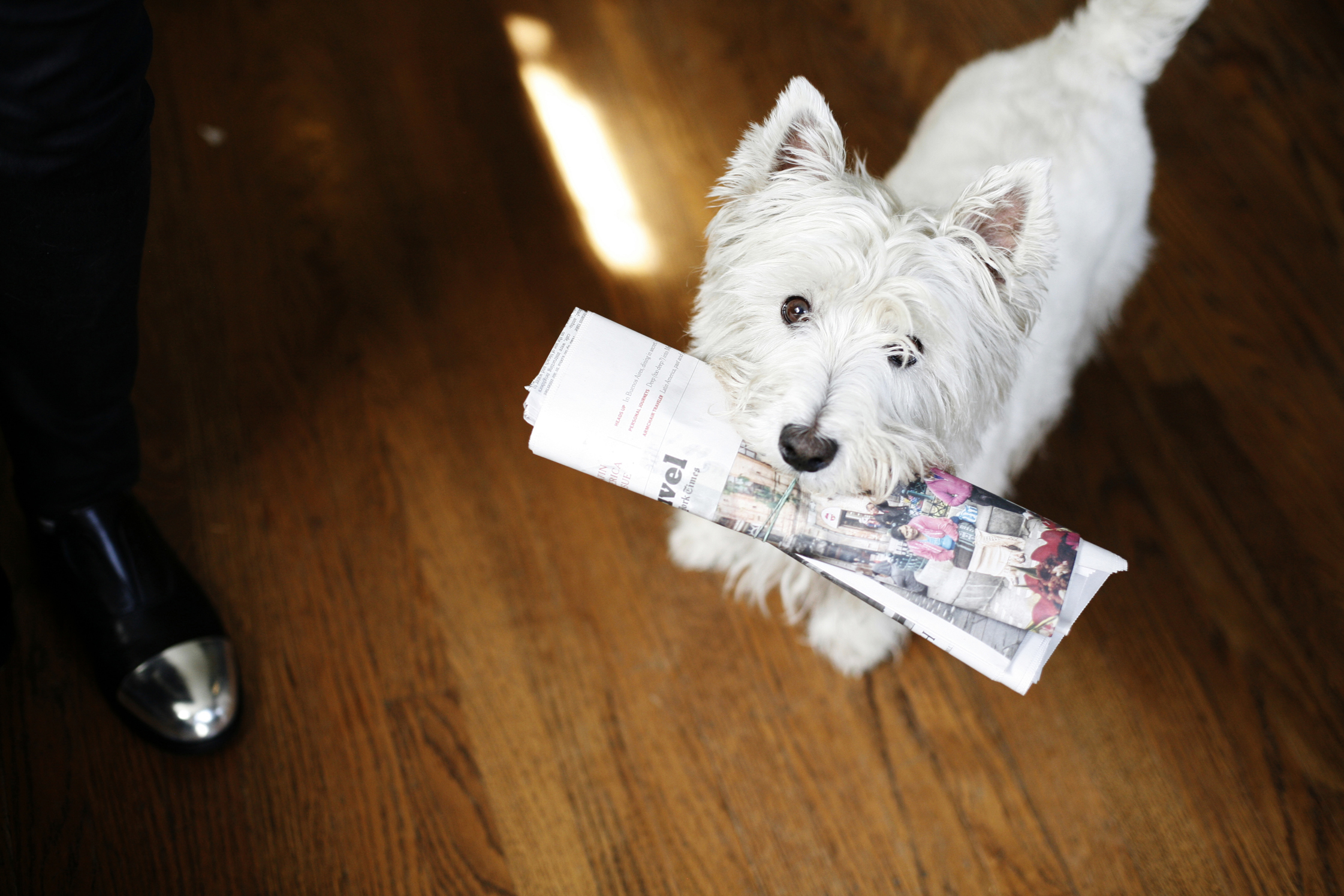
-
How many businesses do you have in operation currently?
There are six:Linda’s Tavern, King’s Hardware, Smith, Oddfellows Cafe and Bar, Bait Shop, and Tallulah’s. So three restaurants and three bars in total. We jokingly say we have a restaurant division and a dive bar division.
All of them are community-oriented. They’re neighborhood hangouts that attract an eclectic clientele. That’s always one of my biggest hopes when we open a new place – to bring all sorts of different people together.
-
Is there a formula for creating spaces that allow you to do that? And how do you ensure that a space – and a business in general – has staying power?
Sometimes the neighborhood defines what the crowd is like. But then there are other factors: what does the space look like? Who works there, and what are they wearing? What’s the menu like? It’s about taking all of these things into consideration and putting them together in a way that gels.
As for longevity: let’s relate that to clothes. I’ve kept the same style for years – a little androgynous, a little boyish, a little punk rock. But I like to change the little things, like shoes and accessories, according to the season. The same goes with my restaurants. In general, I’m going for timeless but fresh. Things need to evolve, whether that means changing the design of a t-shirt or a website, or investing in new plates or chairs. If the businesses keep evolving, they’ll stay relevant. And if they can stay relevant, they’ll stay successful.
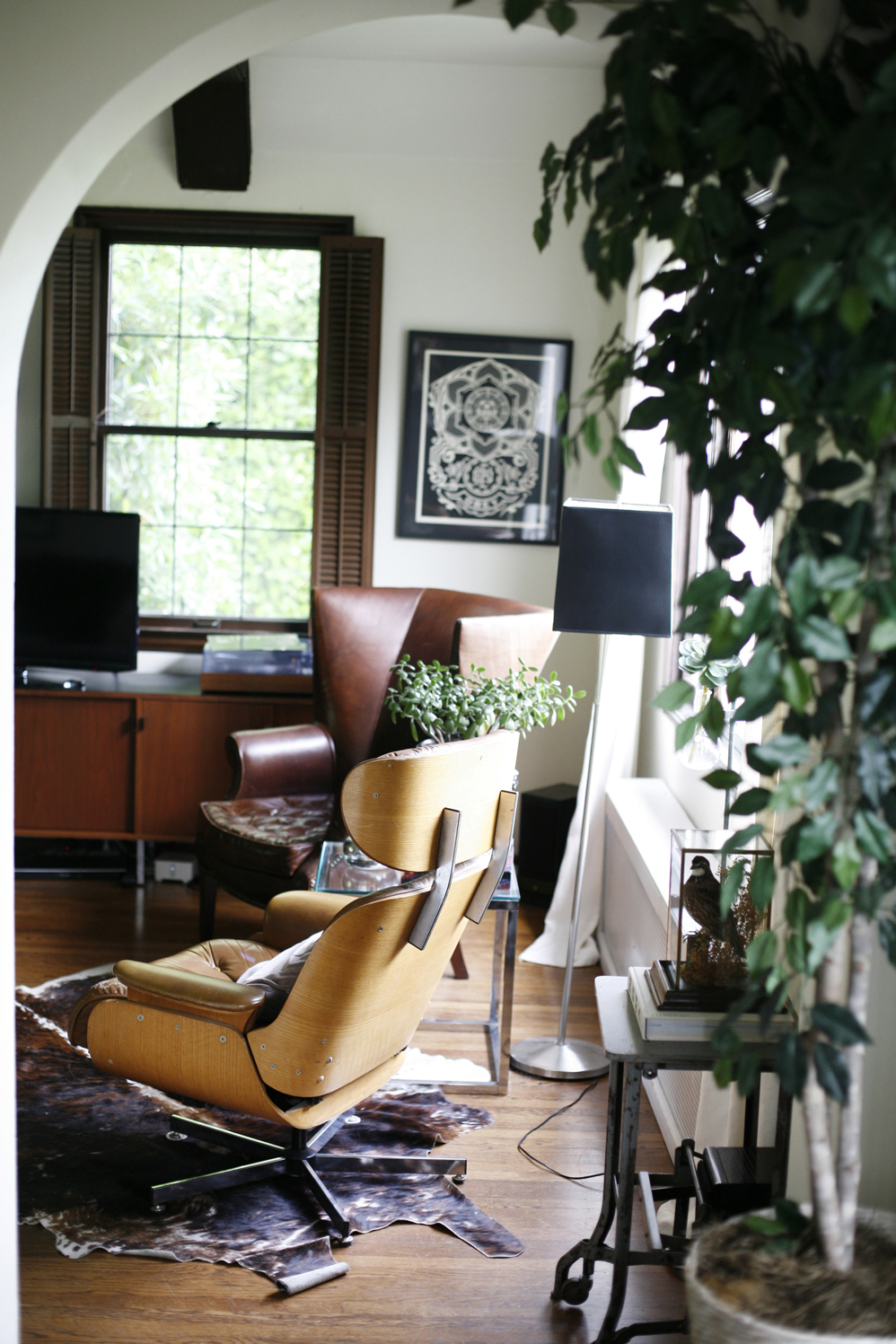
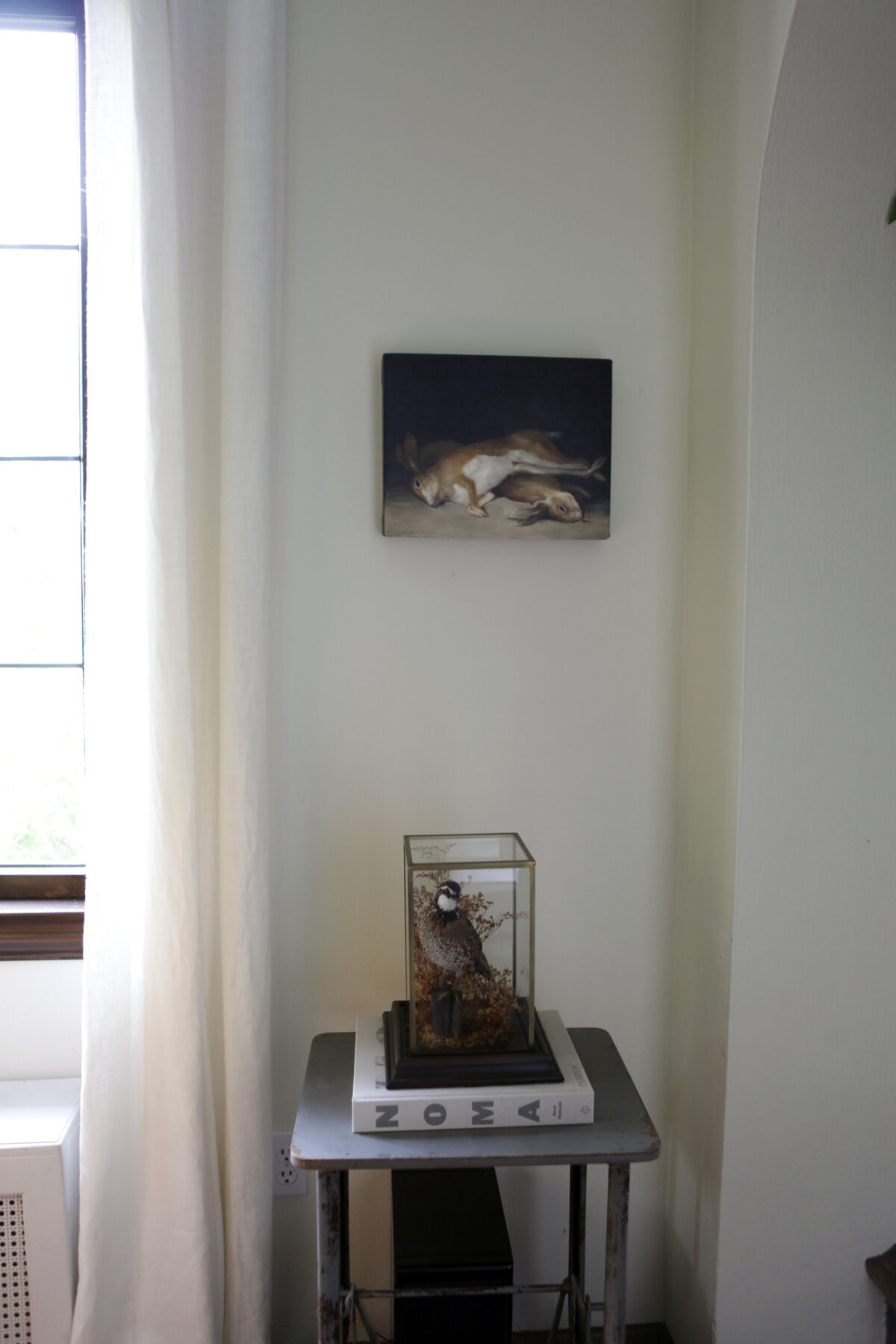
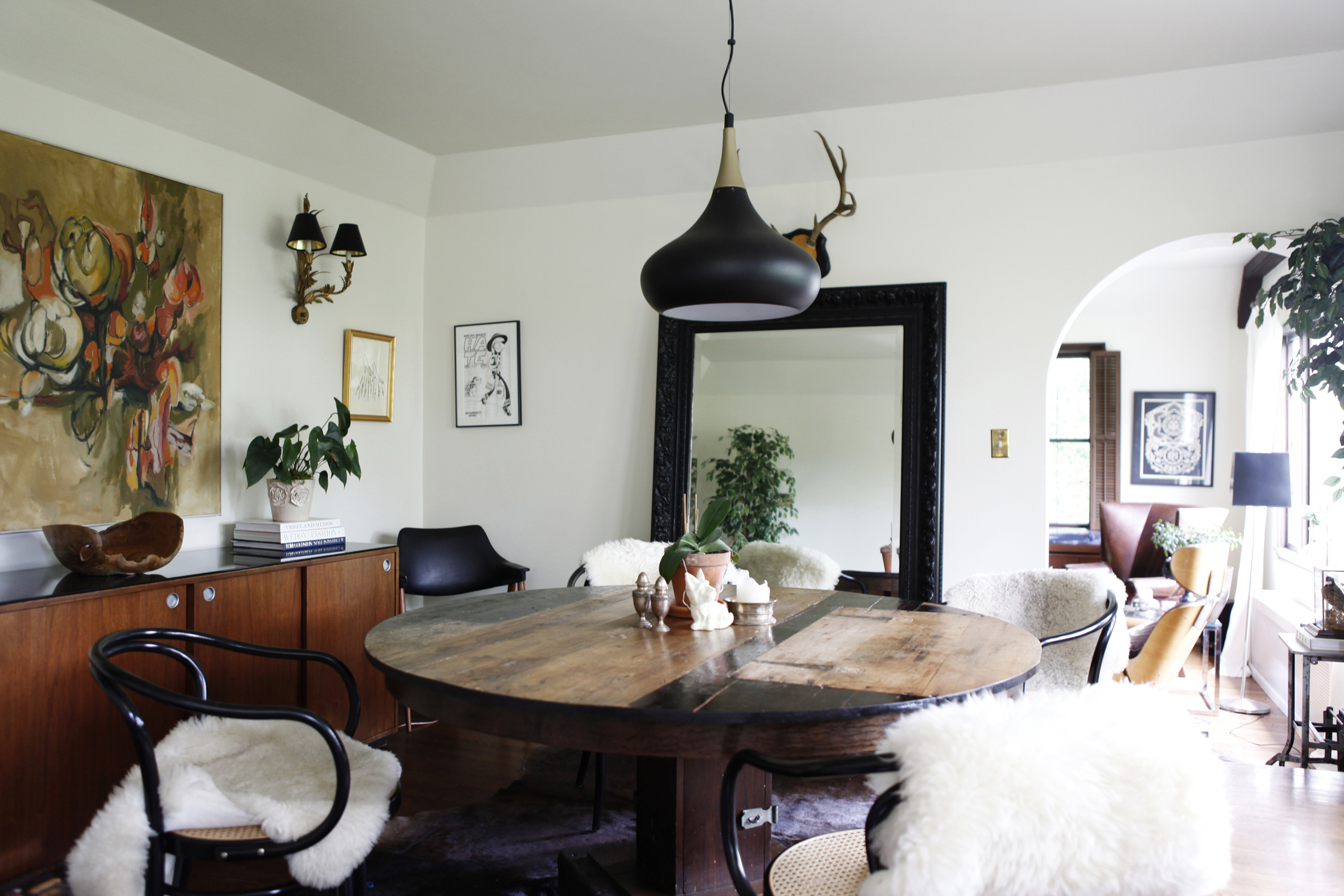
-
Although each bar and restaurant has its own distinct personality, they seem to share a lived-in quality that makes visiting feel a bit like stepping into someone’s home. Was that intentional?
Yes. In fact, I often bring things from my home to the restaurants – half of the furniture in our headquarters was at my house at one time or another. I used to collect portraits, before portraits became popular and expensive. I wasn’t sure why I was doing it, but I felt sorry for the people in the portraits, who had been abandoned by their former owners. I wanted to give them a home. Years later, when we were working on Smith, it all made sense. Now they live there.
People who are familiar with my restaurants come to my house, and often they’ll say, “Oh, okay. This explains a lot.”
-
Tell us more about your home. Do you know anything about its history?
I know that it was built around 1930 and that I’m its fourth owner. Many of the details – the wood on the fireplace and the stained glass window in the upstairs bathroom, for example – are original. The remodeling that’s been done since it was built has been very minimal, which I like.
Design-wise, however, it’s evolved over the years. I don’t tend to buy a lot of terribly expensive things because I like to change the look every so often. Right now, I’m paring down and adding more midcentury. I’m going for less clutter.
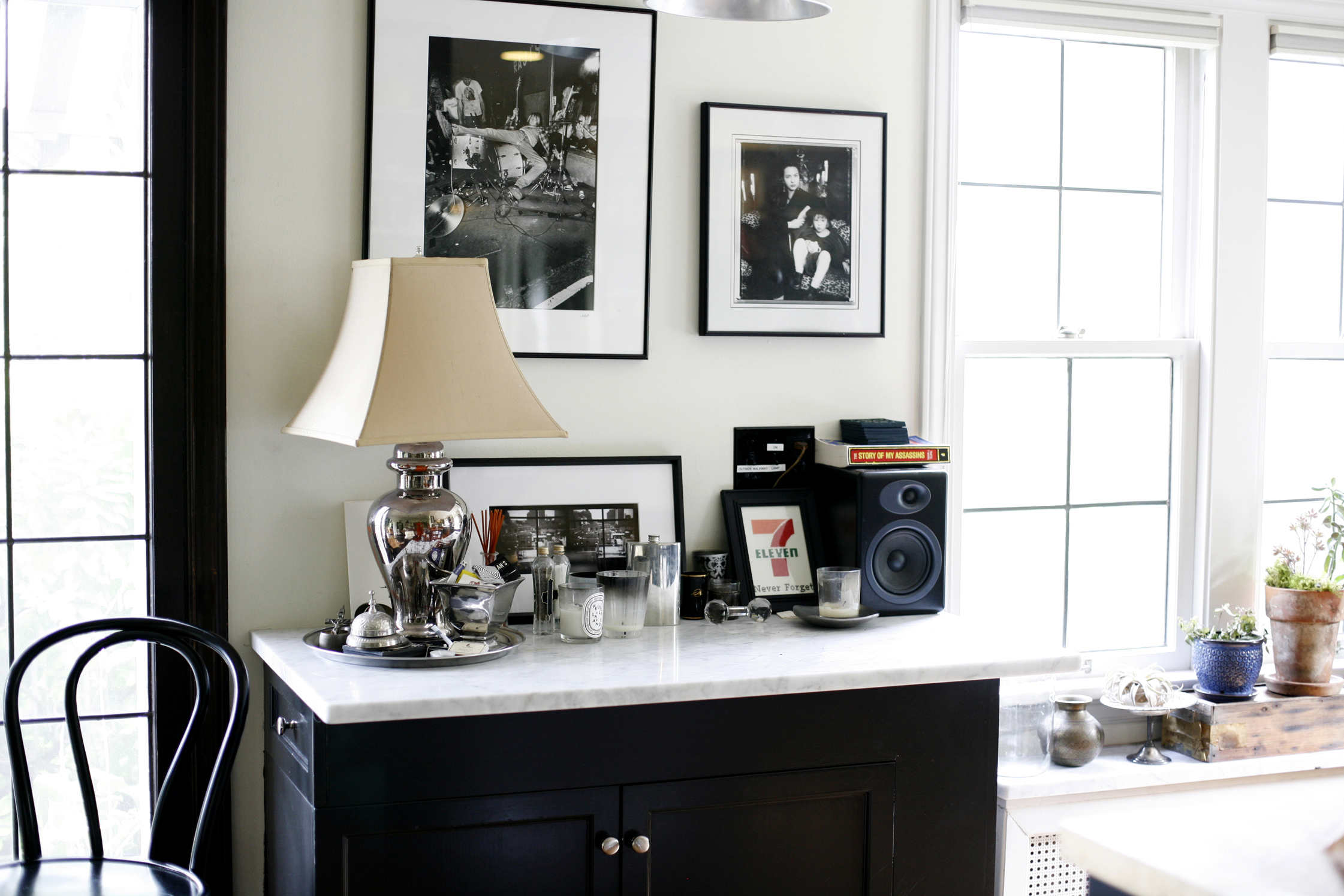
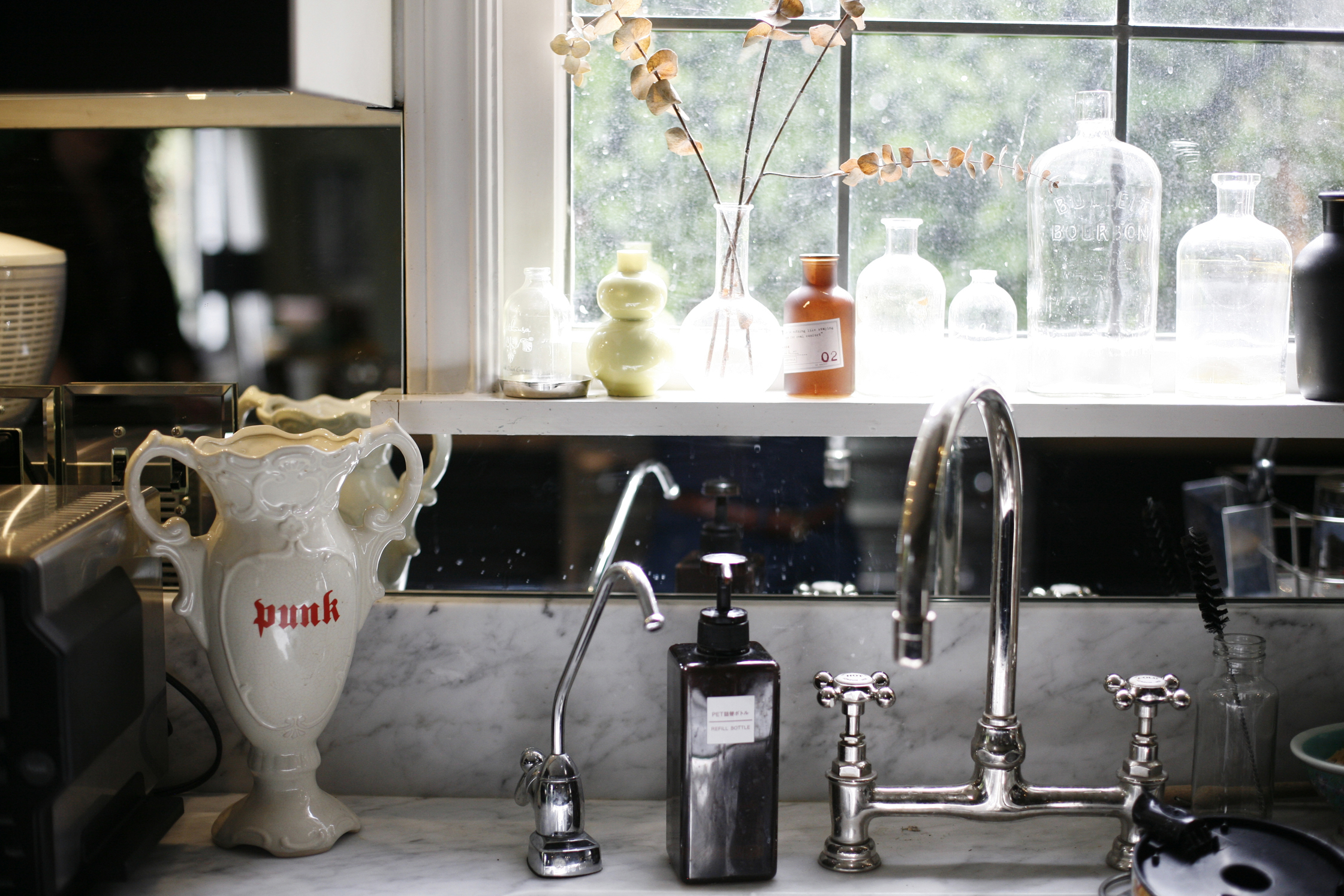
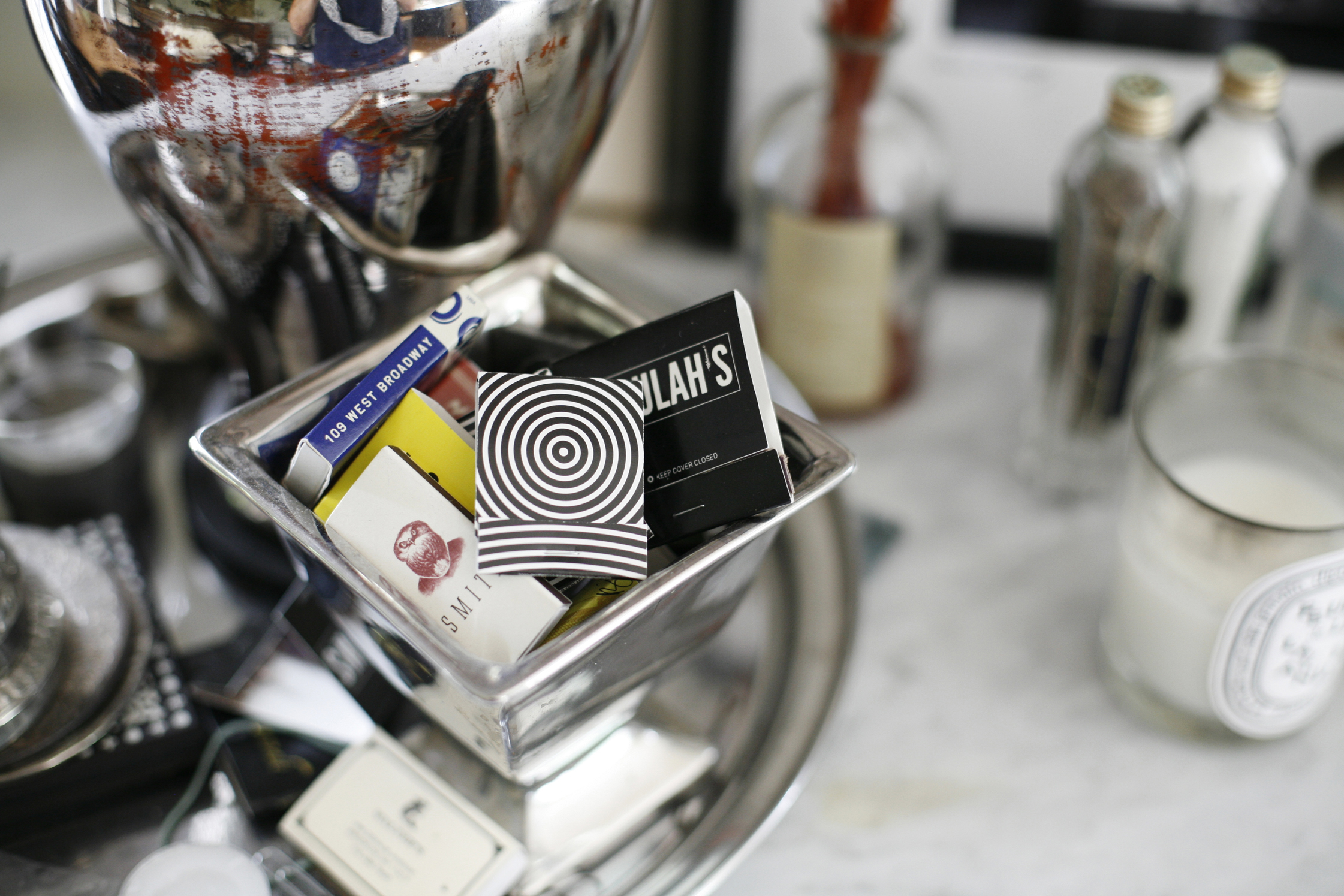
“To anyone looking to start her own business, I’d say, why not? Try it. Do it while you’re young. Don’t wait until you’re so settled in life that you have children and a mortgage to worry about. Jump right in…what’s the worst that could happen?”
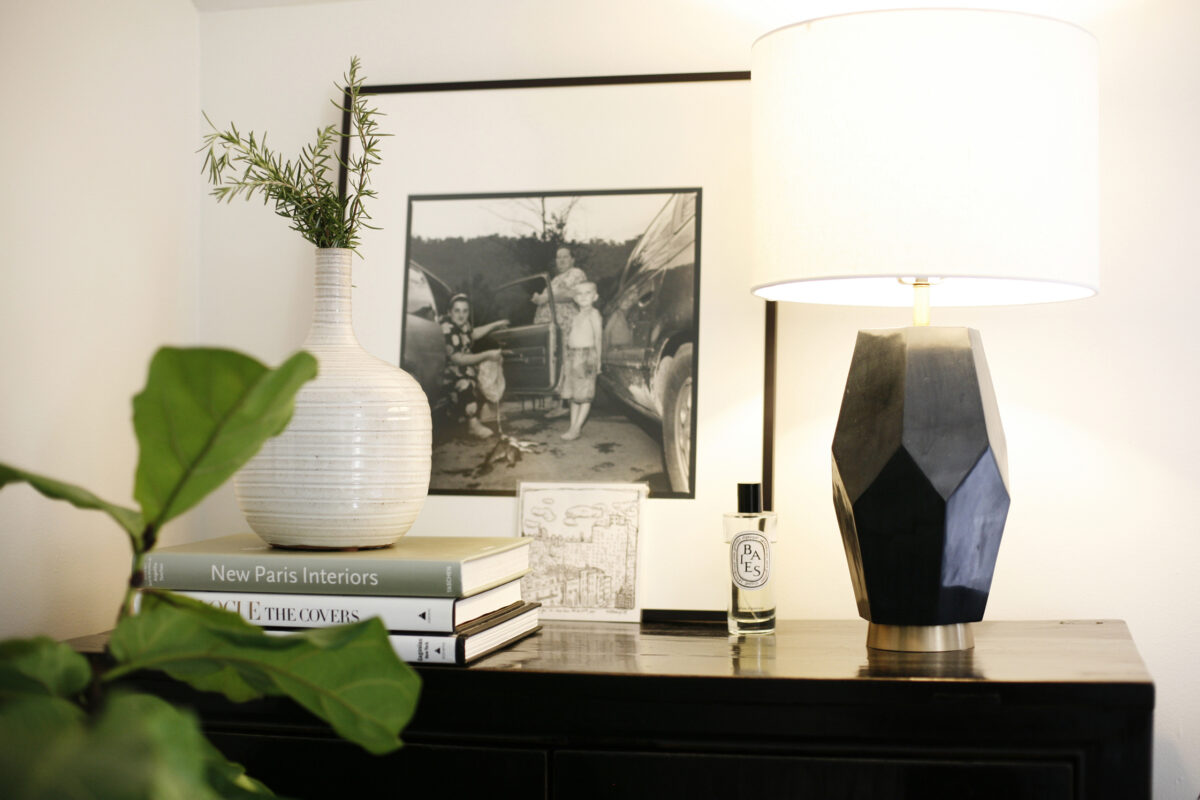
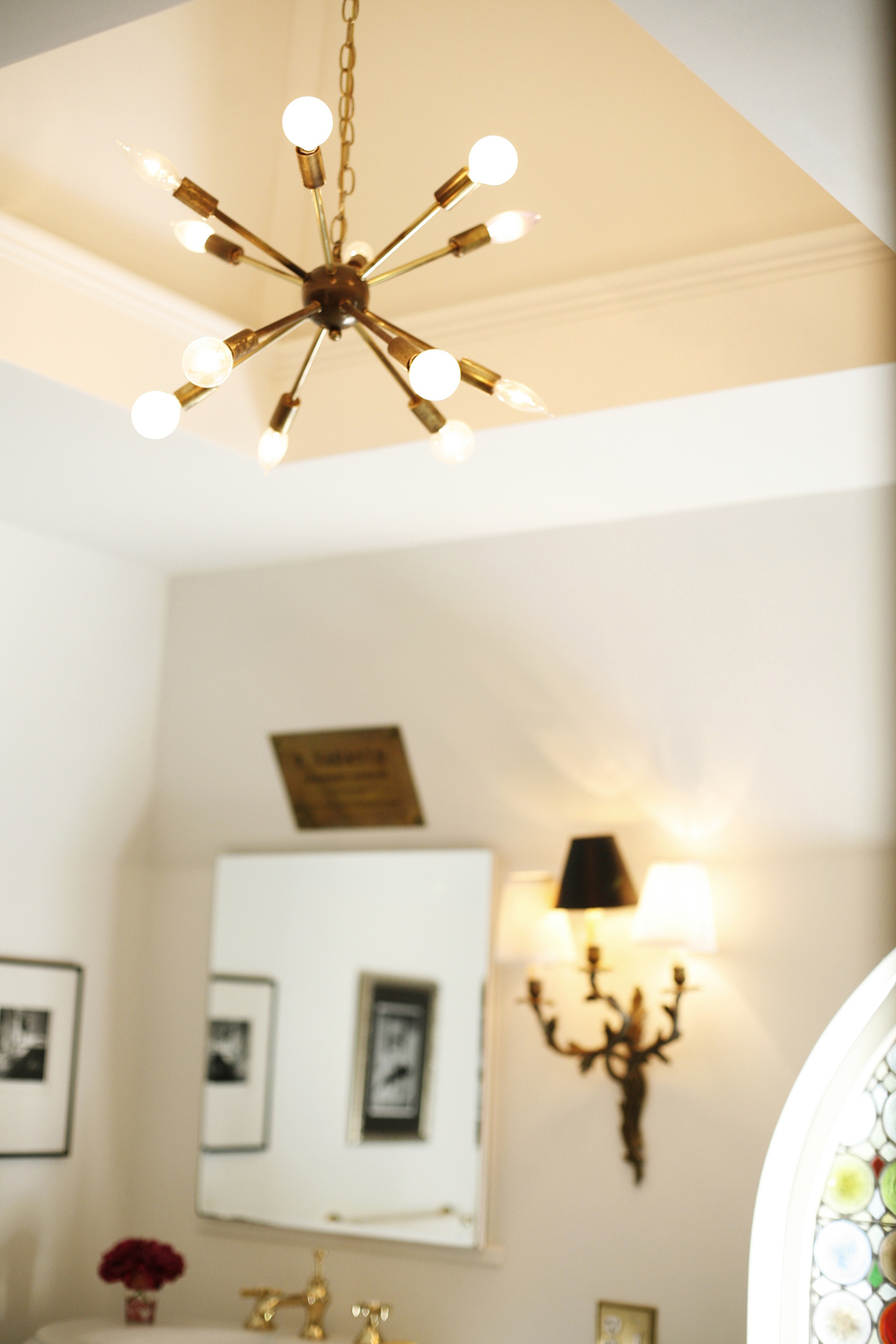
-
Among all of it, is there anything you could never fathom throwing away?
My books. I love reading, and I’m not someone who easily parts with her books. Sometimes it’s nice to just come home and curl up and flip through a few for inspiration. In terms of genre, I like a little of everything: art, design, fiction. And I’ve always loved biographies, autobiographies and memoirs, especially by interesting women like Grace Coddington and Katherine Anne Porter. I also loved Stephanie Coontz’s biography, A Strange Stirring, which explores The Feminine Mystique nearly 50 years after it was originally published. I consider myself very much a feminist.
-
Speaking of which, your friends describe you as someone who’s made it a point to befriend and support fellow female creatives in Seattle.
When I started out, I was one of the only women in the area doing what I do, and there were many times when I felt a little like I had to fight my way. The men in my industry had a sort of camaraderie that I missed – my life was very different from theirs, as both a single mother and a young entrepreneur. At that time, I often wished that there were more women in my field that I could connect with.
In the last five to ten years, I’ve met many more women – often younger – who are starting their own companies in Seattle, and that’s been fantastic to watch. I hate when people refer to women as competitive – that’s ridiculous. The women that I know are very supportive of each other’s careers and artistic endeavors.
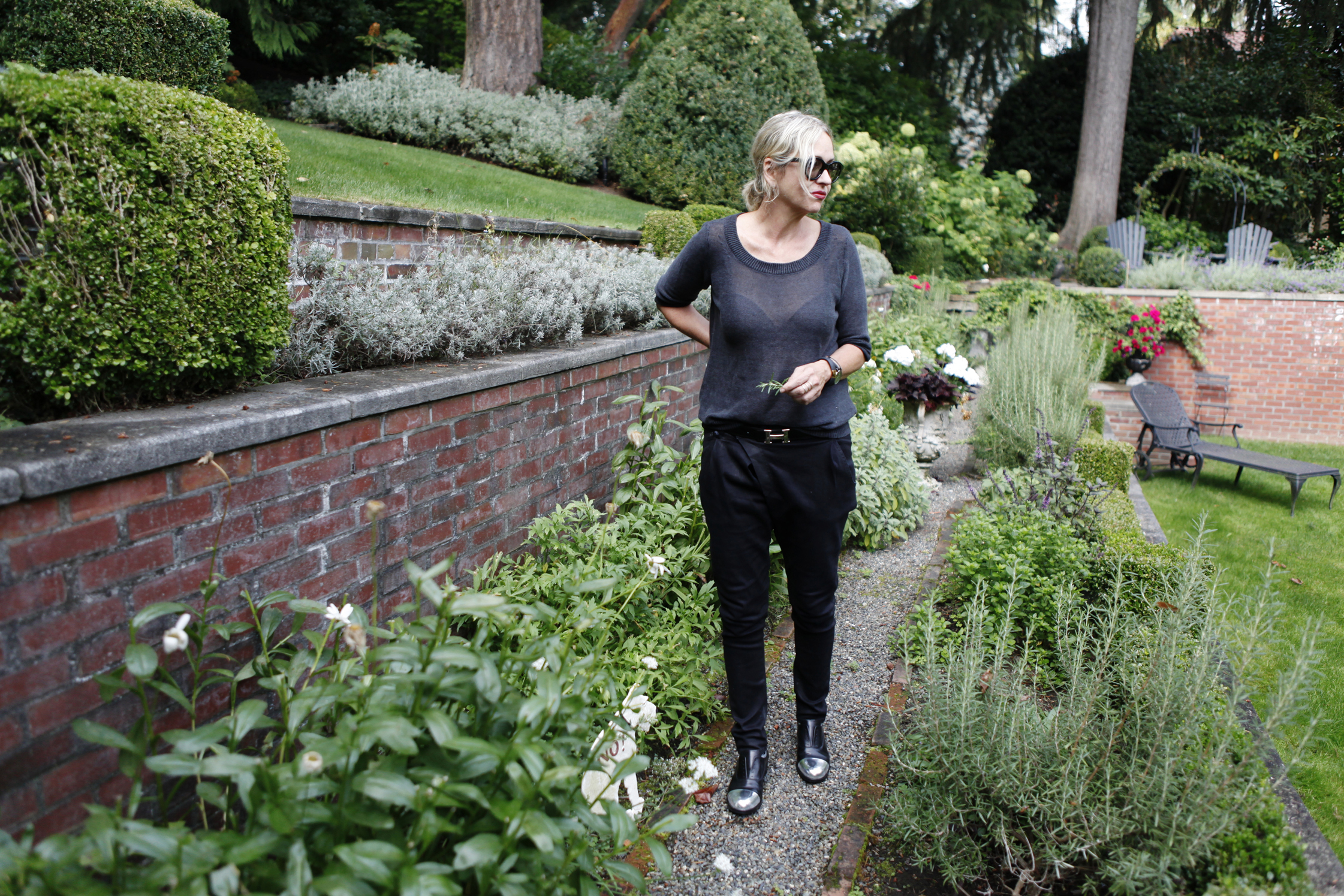
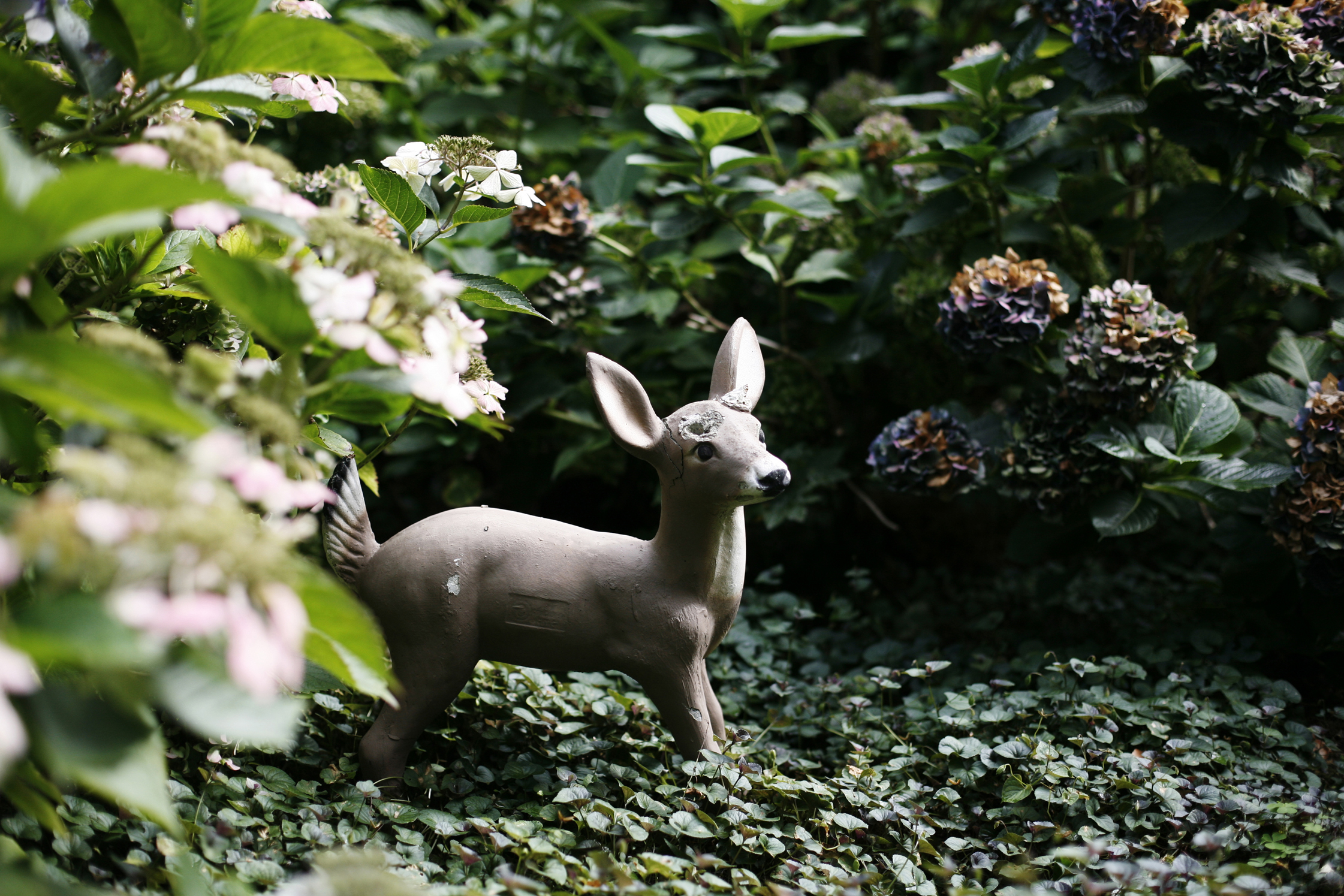
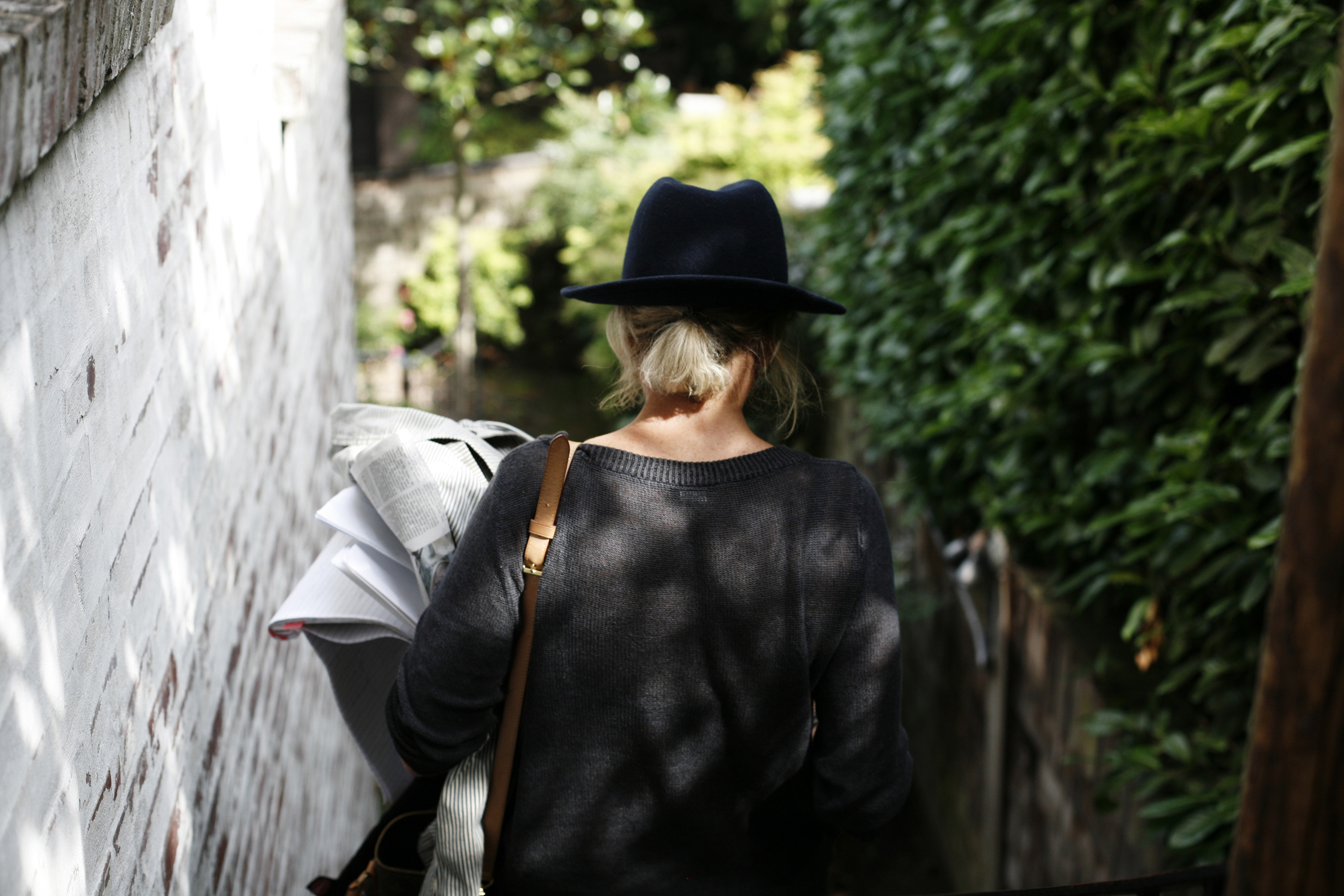
-
Who are a few women – family, friends and public figures included – who have made a particularly strong impact on you?
My own mother, whom I adore, was a housewife and a stay-at-home mother in the 50s and 60s. And although I love her very much, I saw the trap. The idea of being dependent terrified me. I wanted a career. I didn’t ever want to be reliant on someone else. So in many ways, having a mother like mine pushed me to decide, that is not what I want.
As for public figures: Hillary Clinton. Patti Smith. Suzanne Goin. Isabella Blow. My list is all over the map. Any woman who has a unique voice and her own point of view inspires me.
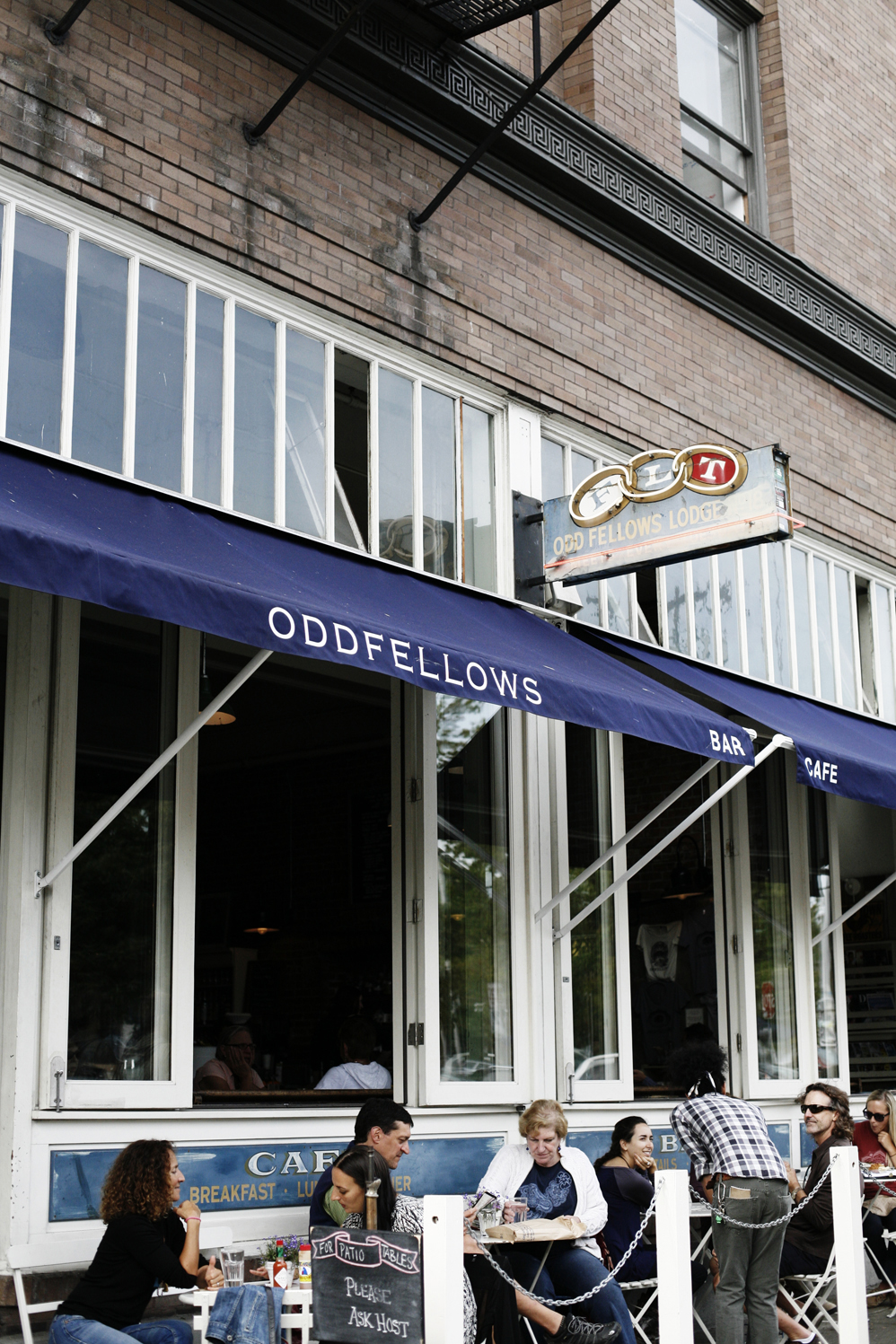
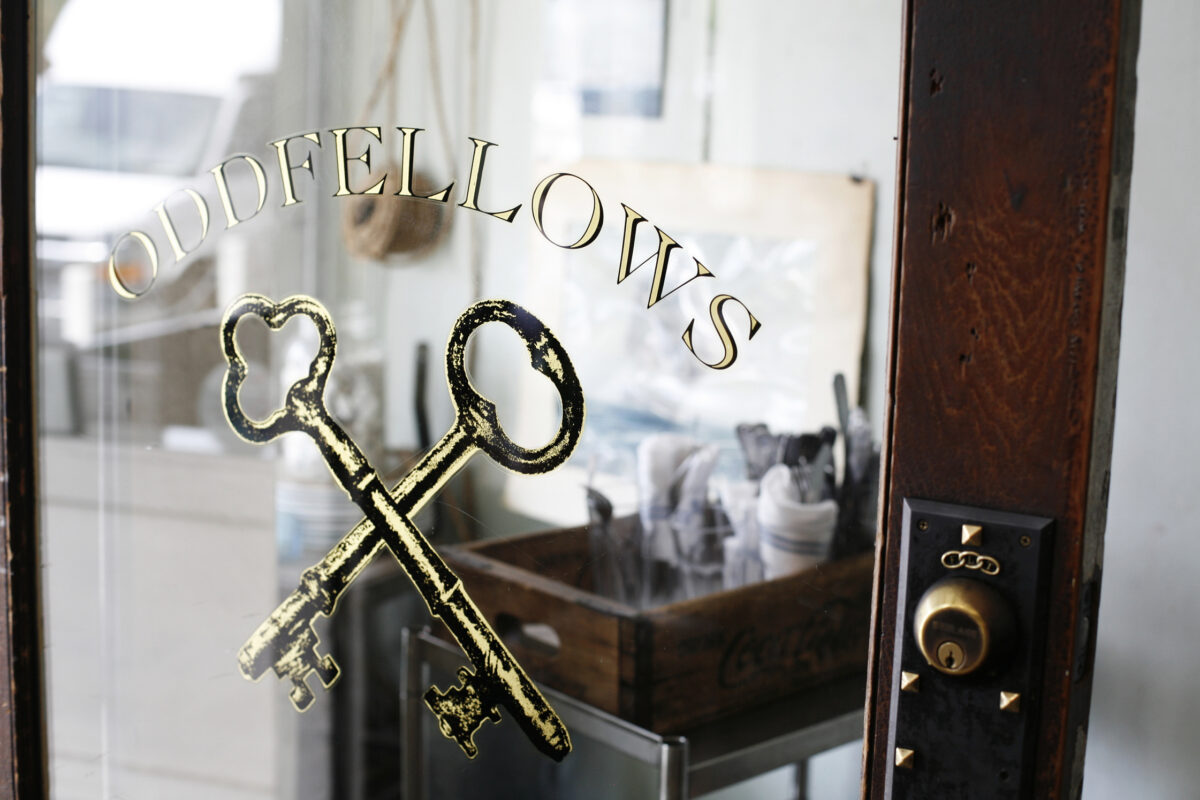
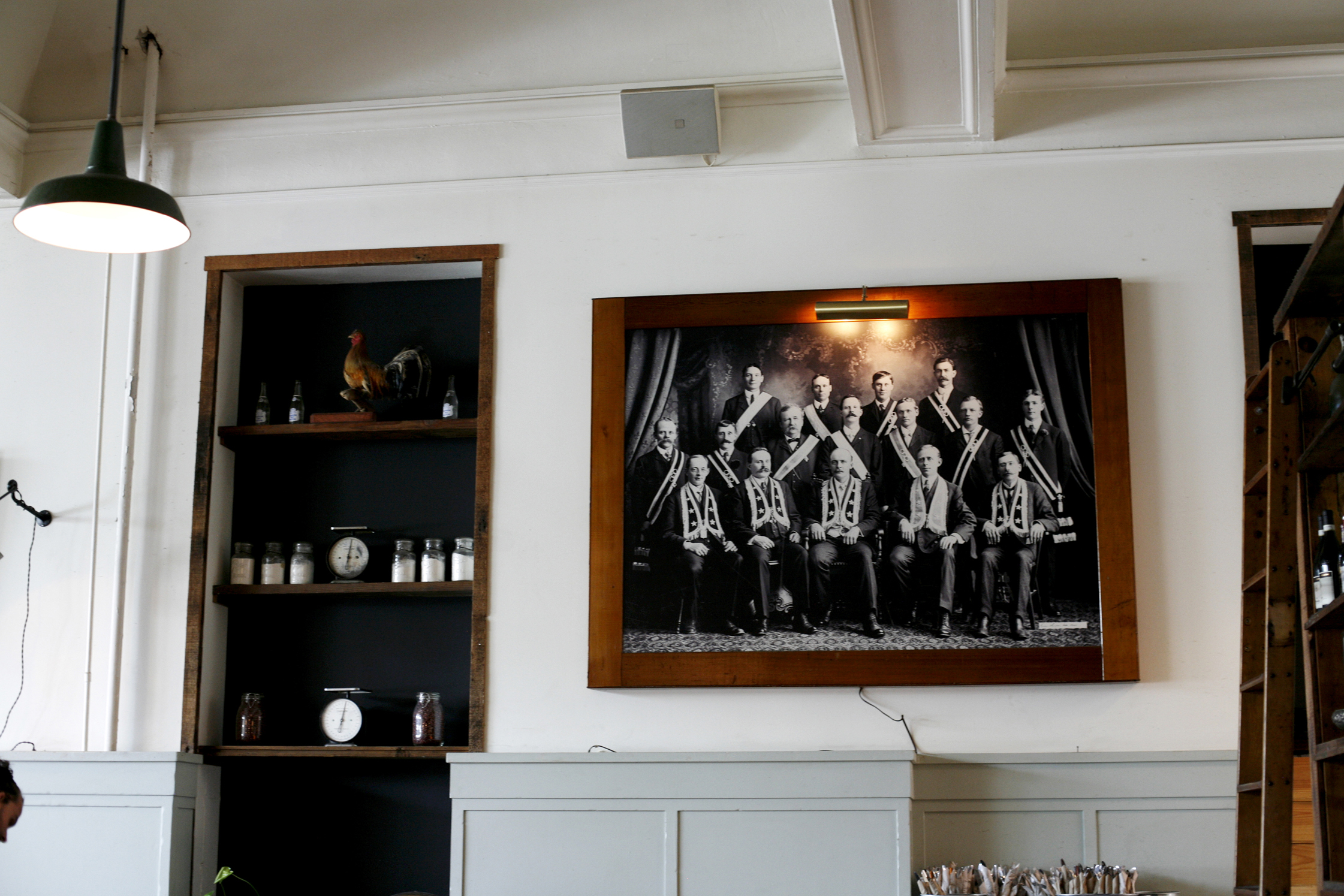
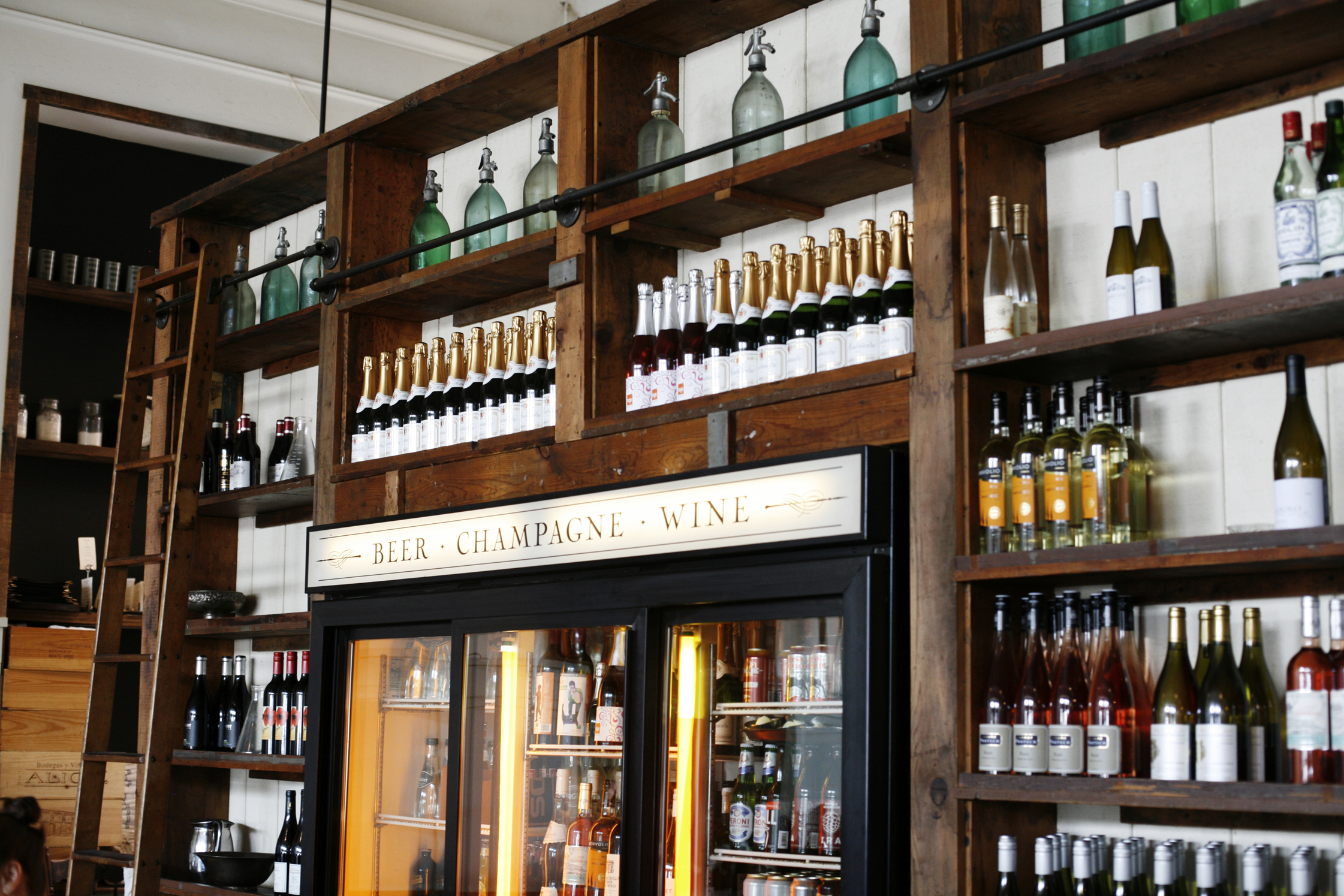
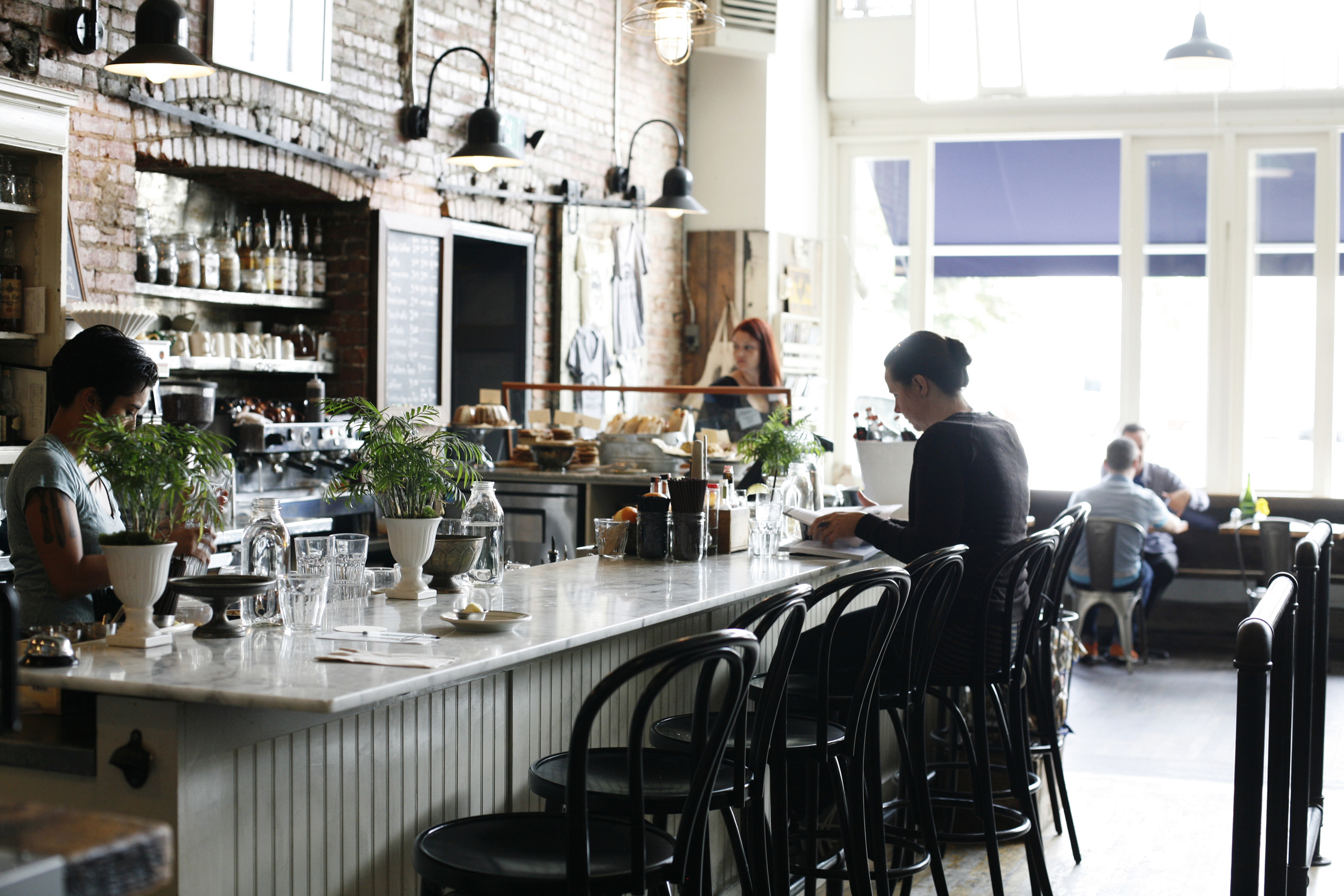
-
What advice would you offer to a young woman hoping to do what you’ve done?
To anyone looking to start her own business, I’d say, why not? Try it. Do it while you’re young. Don’t wait until you’re so settled in life that you have children and a mortgage to worry about. Jump right in. When you’re living in an apartment and you don’t have kids or a car payment, you’ve got much less to lose. That’s the way I looked at it in my twenties: what’s the worst that could happen?
-
When you were in your twenties, could you ever have predicted that you’d end up where you are now?
I wouldn’t ever have imagined things getting as big as they have. But I’m very happy with the way they’ve turned out – and I’m happy with where I am now.
As soon as I opened my first store, I knew what I wanted to do with my life: I wanted to start businesses that allowed me to be creative and to connect with my community. I’m very social – I always have been. I like going to parties and openings, and supporting others. That never feels tedious. Ultimately I think that’s the reason hospitality comes naturally to me: I enjoy people.
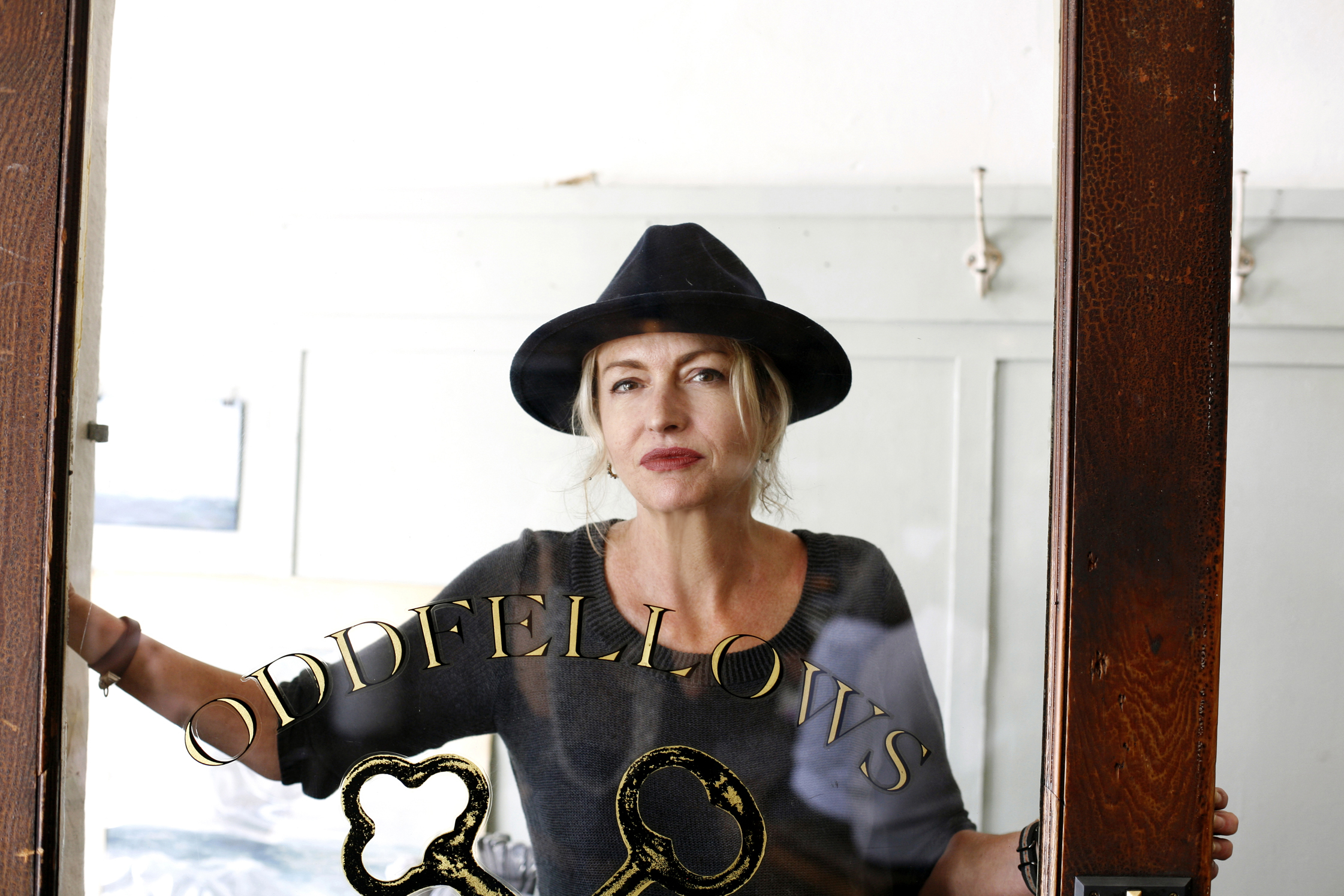
Thank you so much, Linda. Learn more about Oddfellows and Linda’s other restaurants at the Derschang Group website. If you want to read more interviews FvF have done in the Seattle area, click here.
Photography: Dorothée Brand/Belathée
Interview & Text: Shoko Wanger
